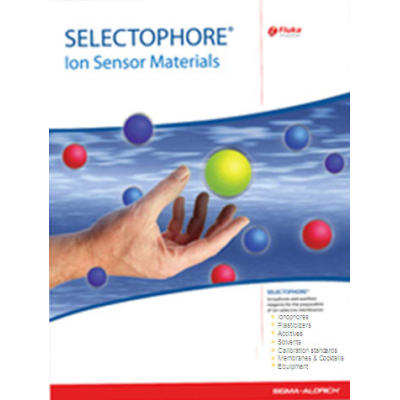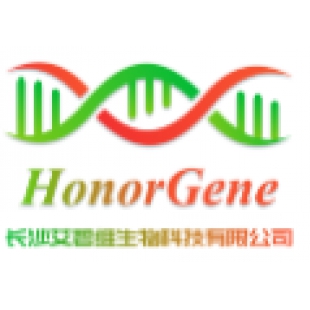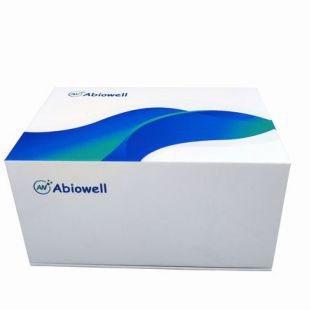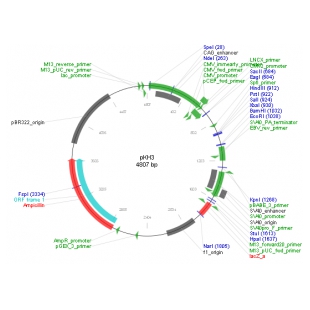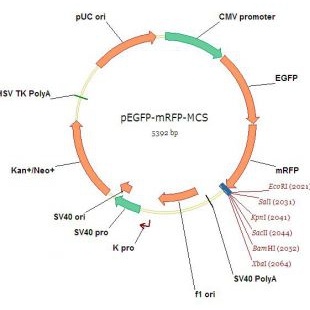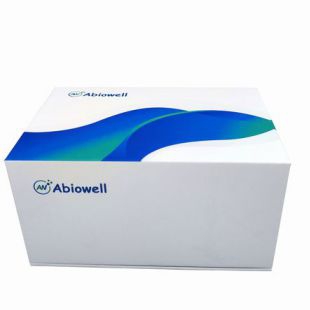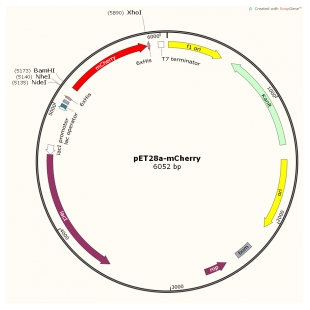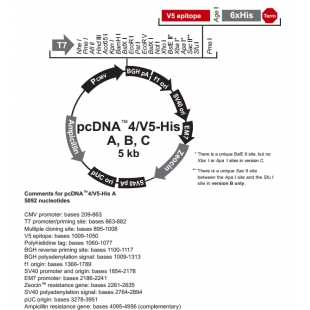-
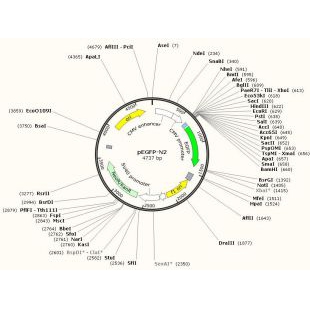
-
pEGFP-N2
- 品牌:长沙艾碧维
- 货号: HG-VYC0087
- 产地:湖南 长沙
- 供应商报价:面议
-
长沙艾碧维生物科技有限公司
 更新时间:2024-03-13 13:58:29
更新时间:2024-03-13 13:58:29 -
销售范围售全国
入驻年限第4年
营业执照已审核
- 同类产品载体(212件)

立即扫码咨询
联系方式:400-822-6768
联系我们时请说明在仪器网(www.yiqi.com)上看到的!
扫 码 分 享 -
为您推荐
产品特点
- 荧光蛋白报告载体
详细介绍
- 产品参数
质粒类型:荧光蛋白报告载体
启动子:CMV
表达水平:高
克隆方法:多克隆位点,限制性内切酶
载体大小:4737bp
5' 测序引物及序列:CMV-F:5'-CGCAAATGGGCGGTAGGCGTG-3'
3' 测序引物及序列:EGFP-N:5'-CGTCGCCGTCCAGCTCGACCAG-3'
载体标签:C-EGFP
载体抗性:Kanamycin (卡那霉素)
筛选标记:Neomycin (新霉素)
载体介绍pEGFP-N2 encodes a red-shifted variant of wild-type GFP (1–3) which has been optimized for brighter fluorescence and higher expression in mammalian cells. (Excitation maximum = 488nm; emission maximum = 507nm.) pEGFP-N2 encodes the GFPmut1 variant (4) which contains the double-amino-acid substitution of Phe-64 to Leu and Ser-65 to Thr. The coding sequence of the EGFP gene contains more than 190 silent base changes which correspond to human codon-usage preferences (5). Sequences flanking EGFP have been converted to a Kozak consensus translation initiation site (6) to further increase the translation efficiency in eukaryotic cells. The MCS in pEGFP-N2 is between the immediate early promoter of CMV (PCMV IE) and the EGFP coding sequences. Genes cloned into the MCS will be expressed as fusions to the N terminus of EGFP if they are in the same reading frame as EGFP and there are no intervening stop codons. SV40 polyadenylation signals downstream of the EGFP gene direct proper processing of the 3' end of the EGFP mRNA. The vector backbone also contains an SV40 origin for replication in mammalian cells expressing the SV40 T-antigen. A neomycin resistance cassette (Neor ), consisting of the SV40 early promoter, the neomycin/kanamycin resistance gene of Tn5, and polyadenylation signals from the Herpes simplex virus thymidine kinase (HSV TK) gene, allows stably transfected eukaryotic cells to be selected using G418. A bacterial promoter upstream of this cassette expresses kanamycin resistance in E. coli. The pEGFP-N2 backbone also provides a pUC origin of replication for propagation in E. coli and an f1 origin for single-stranded DNA production.





